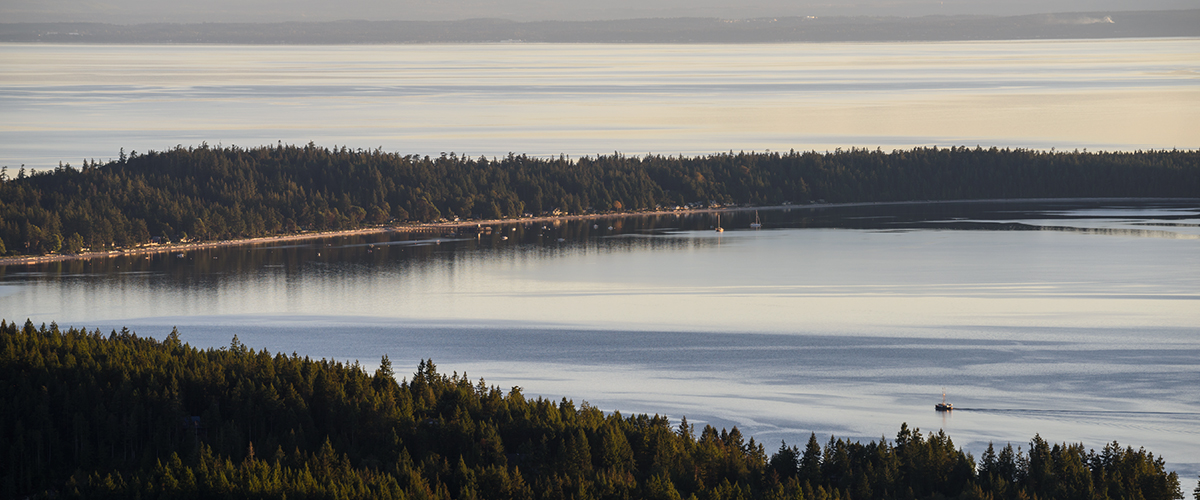Rathtrevor Beach
Where: Parksville, East Coast of Vancouver Island
Best For: Beachcombing and Family Fun
If Rathtrevor Beach had an online dating profile, it would mention building sandcastles with the kids by day and long sunset walks at night. Located in the family-vacation destination of Parksville, this two-kilometre (1.2-mi) sandy beach offers plenty of room for fun. At low tide, the ocean recedes for almost a kilometre (0.6 mi), inviting exploration of its sandy pools.
Hiking and biking trails and nature programs keep the clan entertained, and in the evening, you can make s’mores at the campgrounds. Rathtrevor Beach Provincial Park is popular year-round: from February to April, it’s one of the best bird-watching spots on Vancouver Island to view migrating Brant geese.
Visit Rathtrevor




